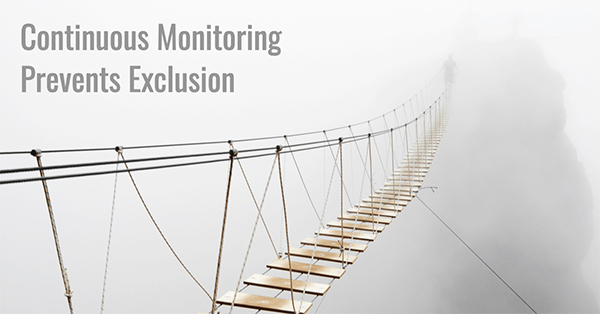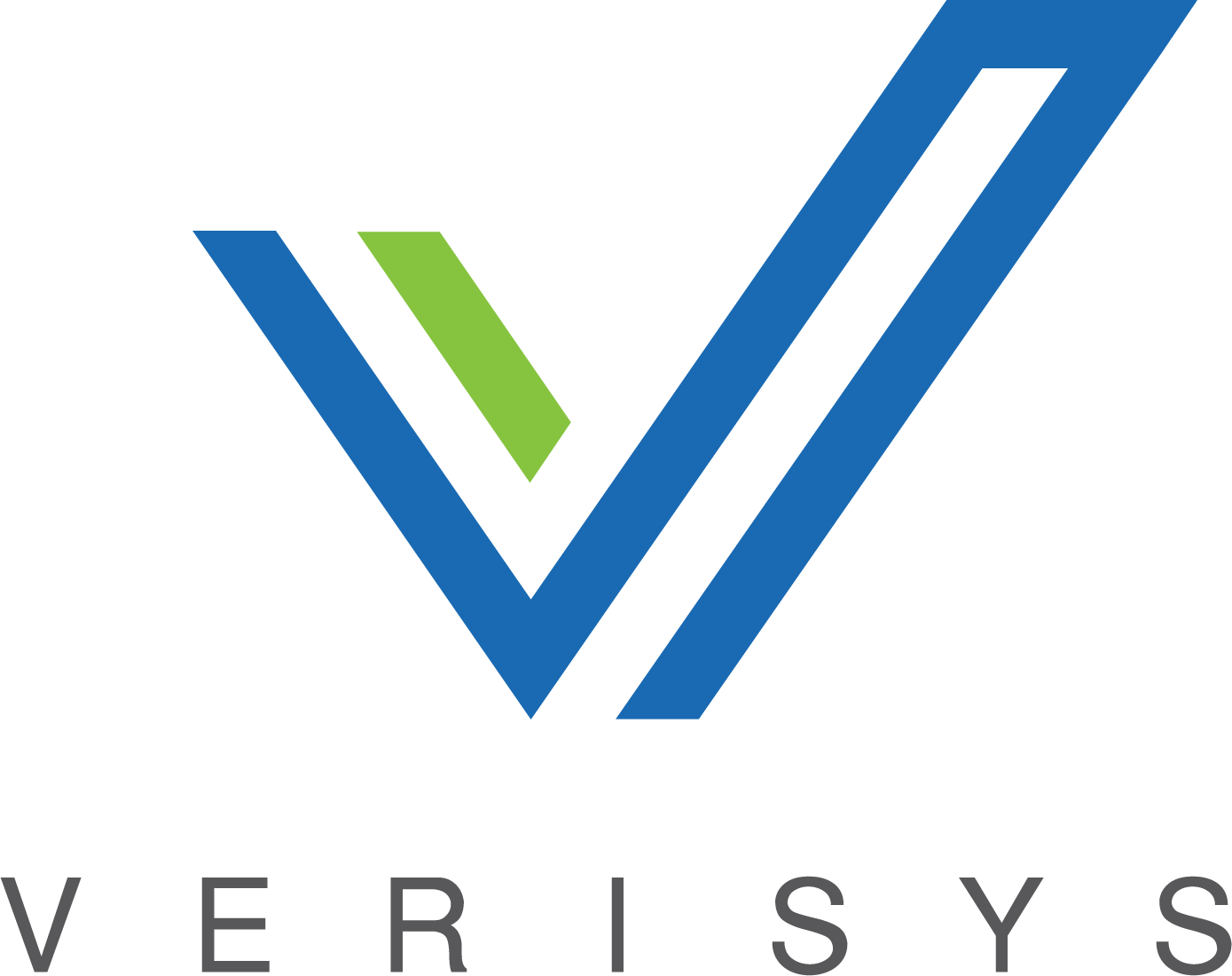– The best resource for monthly healthcare regulatory compliance updates. Compliance Updates: April 2024 Overlook: Licensure Compacts Other Legislation Board Updates Interstate Medical...


CONTINUOUS COMPLIANCE = CONTINUOUS MONITORING
What’s true today may not be true tomorrow.
For the purposes of this article, continuous monitoring assures that those individuals and entities being monitored by healthcare delivery organizations are compliant with the bylaws, laws, regulatory and standards requirements governing the safety, security, and competence of an organization.
The word monitoring is used in many ways such as when monitoring a patient’s vital signs, for instance. Continuous monitoring can also refer to operating systems, machines, profit, and anything that benefits from continuous or ongoing monitoring as opposed to intermittent or sporadic evaluation or auditing. Having data on moments in time spaced months or years apart leaves room for risk.
The notion is universal. It always pays to keep a close eye on what might change and expose organizations and individuals to risk. In healthcare, an organization’s risks are patient endangerment, fines, civil monetary penalties, exclusion, and irreparable reputational damage.
QUALITY DATA IS EVERYTHING
The relevance of any monitoring program is dependent on the monitoring process itself. In the case of continuously monitoring a healthcare provider, the quality of the data is critical to assure that person is not excluded from participating in Federal programs, isn’t a registered sex offender, has an impaired license, among other adverse behavior.
Continuously monitoring against the same old, static data defeats the purpose. Continuously monitoring the wrong individual because there are thousands of individuals with the same name also defeats the purpose.
In the case where an adverse behavior is not found because of mistaken identity, patients and the organization are at risk. In the case where an adverse action is associated with the wrong identity, time and energy spent initiating an investigation creates tension between administration and staff for no reason.
REDUCING RISK
It is important to pay attention to the guard rails designed to reduce exposure to risk including:
REGULATORY REQUIREMENTS
Regulatory requirements center on whether an individual or entity is excluded, debarred, or sanctioned from participating in a Federal or State Entitlement Program. While an exclusion is the final and conclusive act that bans participation, disciplinary actions, debarments, and sanctions are the early warning signals that there is trouble afoot. In addition to fines and civil monetary penalties, a health system risks facing exclusion itself.
The gold standard of data that covers regulatory compliance is FACIS®, Verisys’ proprietary data platform. Verisys’ database has 400 million aggregated records derived from more than 5,000 primary sources. It was originated in 1992 and grows daily with real-time updates on adverse behavior including exclusions, debarments, sanctions, and disciplinary actions. Primary sources included in FACIS®:
QUALITY STANDARDS
Quality standards organizations audit processes before issuing certification or accreditation. Keeping paper records in files or managing spreadsheet software can be cumbersome and create great strain on administrative staff prior to an audit or review.
Cloud-based, automated SaaS systems make proper continuous monitoring possible with real-time updates, documentation, and even alerts, all housed in a remotely accessible, secure platform.
Sustaining compliance to quality standards such as DNV, HFAP, NCQA, TJC, and URAC is a daily effort requiring attention from the entire staff to adhere to the requirements of the standard.
Verisys understands the requirements and the processes of earning and maintaining accreditation or certification. Verisys is NCQA Certified and URAC Accredited as a Credentials Verification Organization (CVO) as well as ISO 9001:2015 and 27001 Certified.
ORGANIZATIONAL BYLAWS
Bylaws set by an organization drive actions into alignment, and sometimes separate and add to other requirements. Bylaws identify responsibilities and duties. The workforce is fluid with the acquisition, advancement, and attrition of talent.
Centralizing and relying on an accredited and certified third-party CVO allows for a continuum of processes and assures there is a consistent process in place to manage compliance according to business rules.
BEST PRACTICES
Best practices around healthcare delivery typically center on quality of care and protection of patients. Professional license verification assures the provider is licensed for the type of care that is given. Registration verification assures the provider is prescribing within the proper schedule. Knowing if a provider is a registered sex offender, or a serial abuser is important to a patient’s and the entire workforce’s safety. Damage to reputation is long-lived and avoidable if proper care is taken with continuous monitoring.
SUMMARY
The reasons to continuously monitor a healthcare organization’s provider population, workforce, volunteers, vendors, and suppliers are obvious. Screen thoroughly to keep bad actors out of your system, then continuously monitor to remove bad actors sooner rather than later.
The methodology for continuously monitoring is what makes it truly effective. Bad data, questionable identity verification and matching, paper filing systems, and disseminated roles and responsibilities reduce the effectiveness of achieving and maintaining compliance through continuous monitoring.
It’s said throughout time and across all industries, hire experts for specific expertise and focus on your core competency. Verisys developed the gold standard of healthcare data with FACIS® and was the first CVO to integrate data with a cloud-based SaaS platform for credentialing and compliance.
Learn more about how Verisys can help you with continuous monitoring from bridging data gaps to a turn-key full enterprise SaaS solution.
 |
Written by Verisys Verisys transforms provider data, workforce data, and relationship management. Healthcare, life science, and background screening organizations rely on our comprehensive solutions to discover their true potential. Visit verisys.com to learn how we turn problems into power.
|